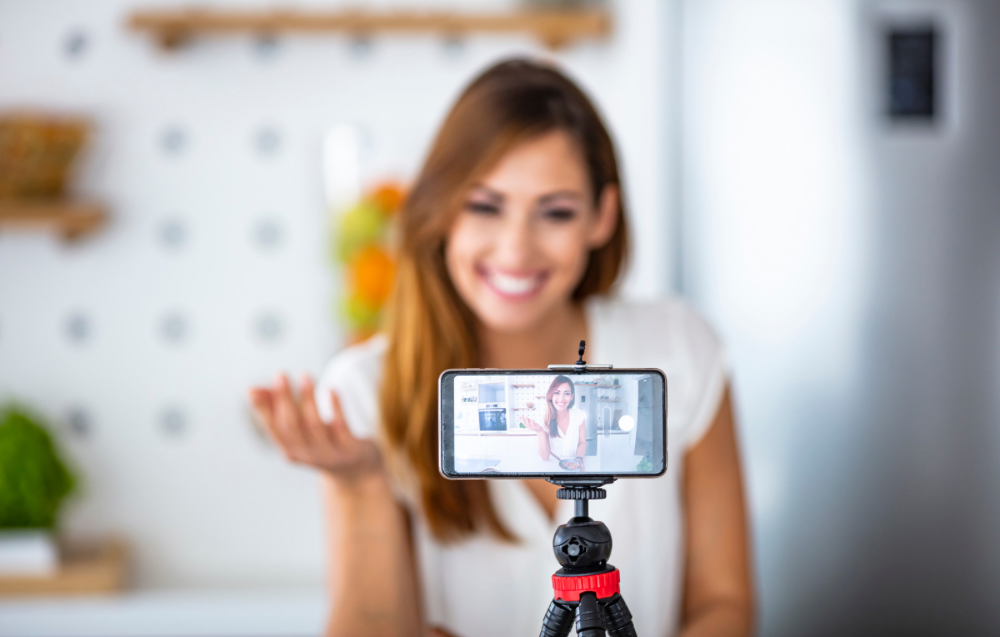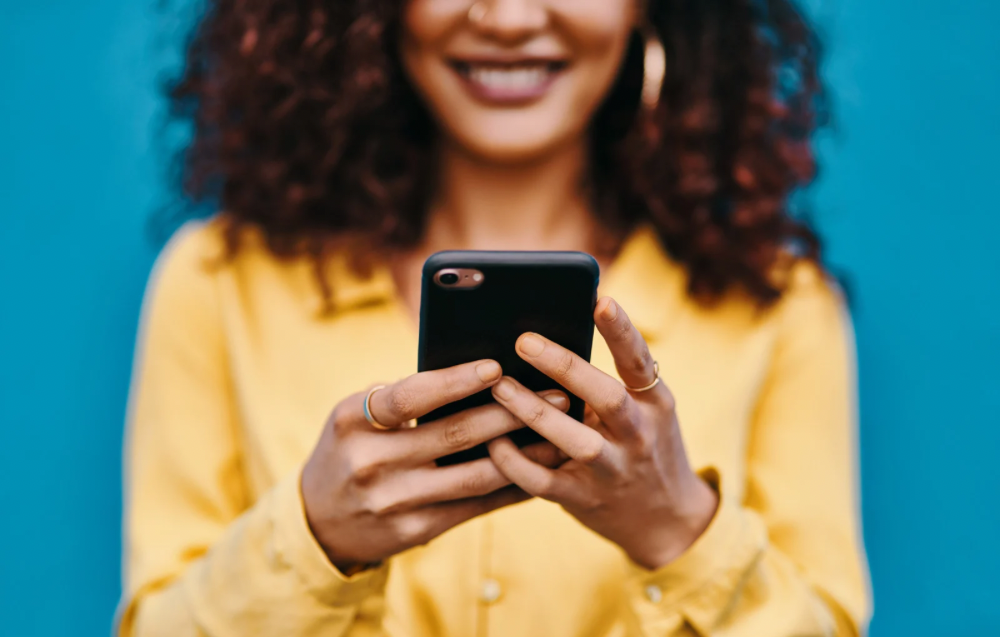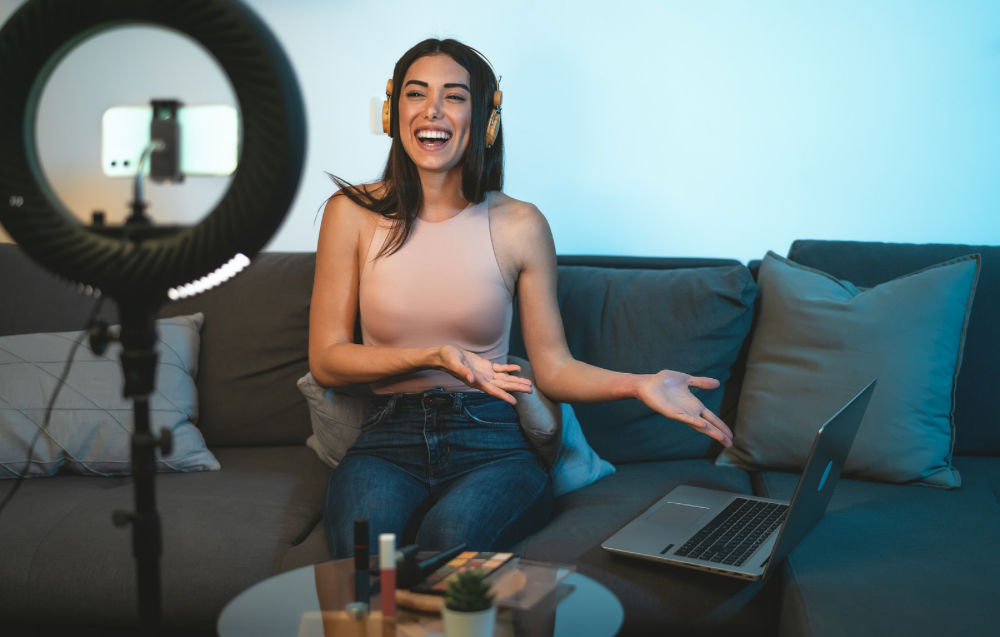If your brand has any competition — and who doesn’t? — then you’re likely vying...
Ambassador Marketing Blog
Brand Ambassador Engagement: A Key to Marketing Success
If you’re reading this, you likely manage a brand ambassador program or are involved...
How to Craft Effective Content Briefs for Brand Ambassador Content
Introduction: What is Brand Ambassador Marketing? Brand ambassador marketing, or ambassador marketing, is a...
Influencer Marketing Tips for 2024
Love it or hate it, influencer marketing is here to stay — and influencers’...
Unlocking Success: A Guide on How to Create a Customer Loyalty Program
Amazon’s Executive Chairman Jeff Bezos once said, “Your brand is what other people say...
Harnessing the Power of Word-of-Mouth Marketing in 2024
In a digital era dominated by constant connectivity and social media chatter, the age-old...
Categories
Categories
Join some of the fastest growing brands
Build and scale successful ambassador, affiliate and influencer programs to thousands of participants overnight.





